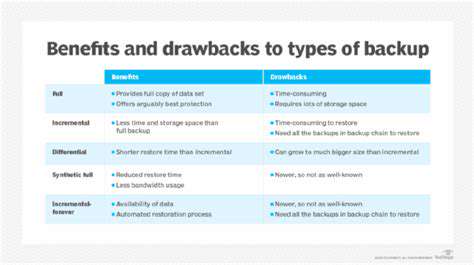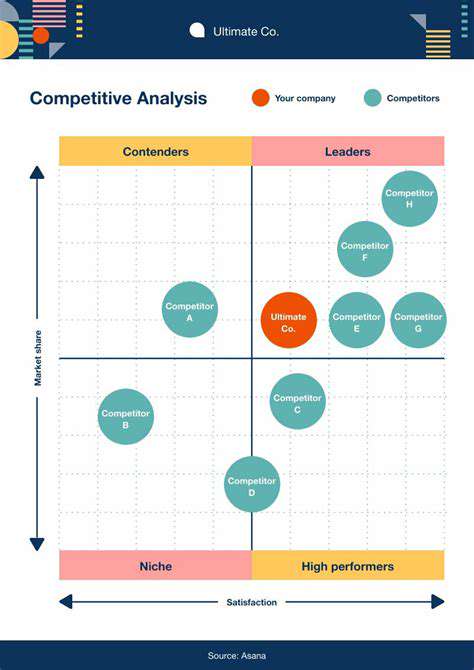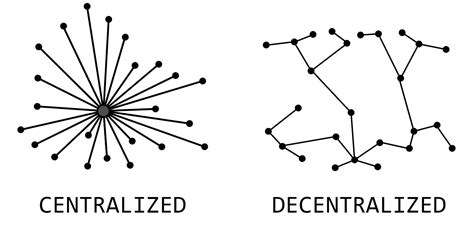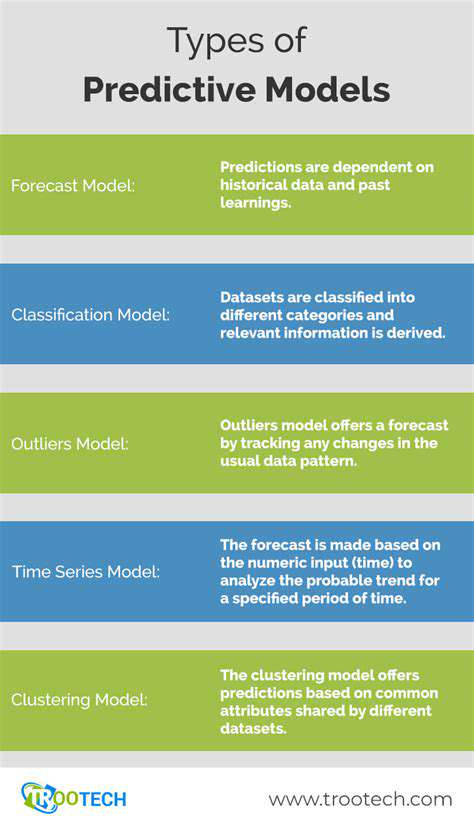How to Create a Strong Backup Strategy

Understanding Your Data
Defining your backup needs starts with a thorough understanding of the data you need to protect. This includes not just the obvious files like documents and spreadsheets, but also critical databases, applications, and even system configurations. Identifying what data is truly vital to your operations is a crucial first step. A comprehensive inventory of your data, categorized by importance and accessibility, is essential for creating an effective backup strategy.
Consider the potential impact of data loss. What would happen if you lost access to specific files or entire systems? Knowing the repercussions of data failure will help you prioritize your backup strategy and determine the level of redundancy and restoration time objectives you require. This assessment is vital to ensuring your business continuity in the event of a disaster.
Determining Backup Frequency and Retention
The frequency and duration of your backups directly impact the level of data protection you achieve. Daily backups offer the quickest restoration point, minimizing data loss in case of a short-term disruption. Weekly or monthly backups might be sufficient for data that doesn't require immediate accessibility, but they should be supplemented by regular incremental backups. These incremental backups capture only the changes since the last full backup, saving time and storage space.
The retention period for your backups should align with your business needs and regulatory requirements. How long do you need to retain data for legal, compliance, or historical purposes? Defining the retention period for your backup data is essential for long-term data security and regulatory compliance. Storing backups beyond the retention period adds unnecessary storage costs and reduces the efficiency of your backup strategy. Also, consider regularly testing the restoration process to ensure the data is accessible and usable.
Choosing the Right Backup Method
Selecting the appropriate backup method depends on your specific needs, budget, and technical expertise. Cloud-based backups offer scalability, accessibility, and often, disaster recovery capabilities. Local backups provide faster access and control but require significant storage space and potentially ongoing maintenance. Hybrid approaches combining local and cloud-based backups can offer a balance of speed, security, and cost-effectiveness.
Consider factors like security, cost, and ease of management when choosing your backup method. Ensure your chosen method is compatible with your existing infrastructure and aligns with your overall IT strategy. A robust backup and recovery plan is a critical component of any business continuity strategy, and the proper method selection will significantly improve the reliability and effectiveness of your plan.
Starting your day with intention sets a positive tone for the entire day. Instead of hitting the snooze button multiple times, try waking up a bit earlier to engage in a mindful activity. This could be as simple as taking a few deep breaths, stretching your body, or even just sitting quietly and reflecting on your goals for the day. This intentional start creates a sense of control and allows you to approach the day with a more focused and positive mindset. A quiet moment to yourself can be transformative, allowing you to center yourself and prepare for the day ahead.

Read more about How to Create a Strong Backup Strategy
Hot Recommendations
- Review: The New [Specific Brand] Smart Lock Is It Secure?
- Best Budget Studio Monitors for Music Production
- Top Flight Simulation Peripherals (Joysticks, Throttles, etc.)
- Top Portable Scanners for Document Management On the Go
- Reviewing the Latest Smart Air Purifiers for Your Home
- Best Portable Photo Printers for Travelers and Memory Keepers
- The Future of Personal Transportation Beyond Cars (Hyperloop, eVTOL)
- Top Network Monitoring Tools [Free & Paid Options]
- Understanding the Tech Behind mRNA Vaccines [A Look Inside]
- Guide to Choosing the Right Gaming Chair for Ergonomics










![What is a VPN and Do You Need One? [Explained Simply]](/static/images/25/2025-07/WhenMightYouNeedaVPN3F.jpg)
